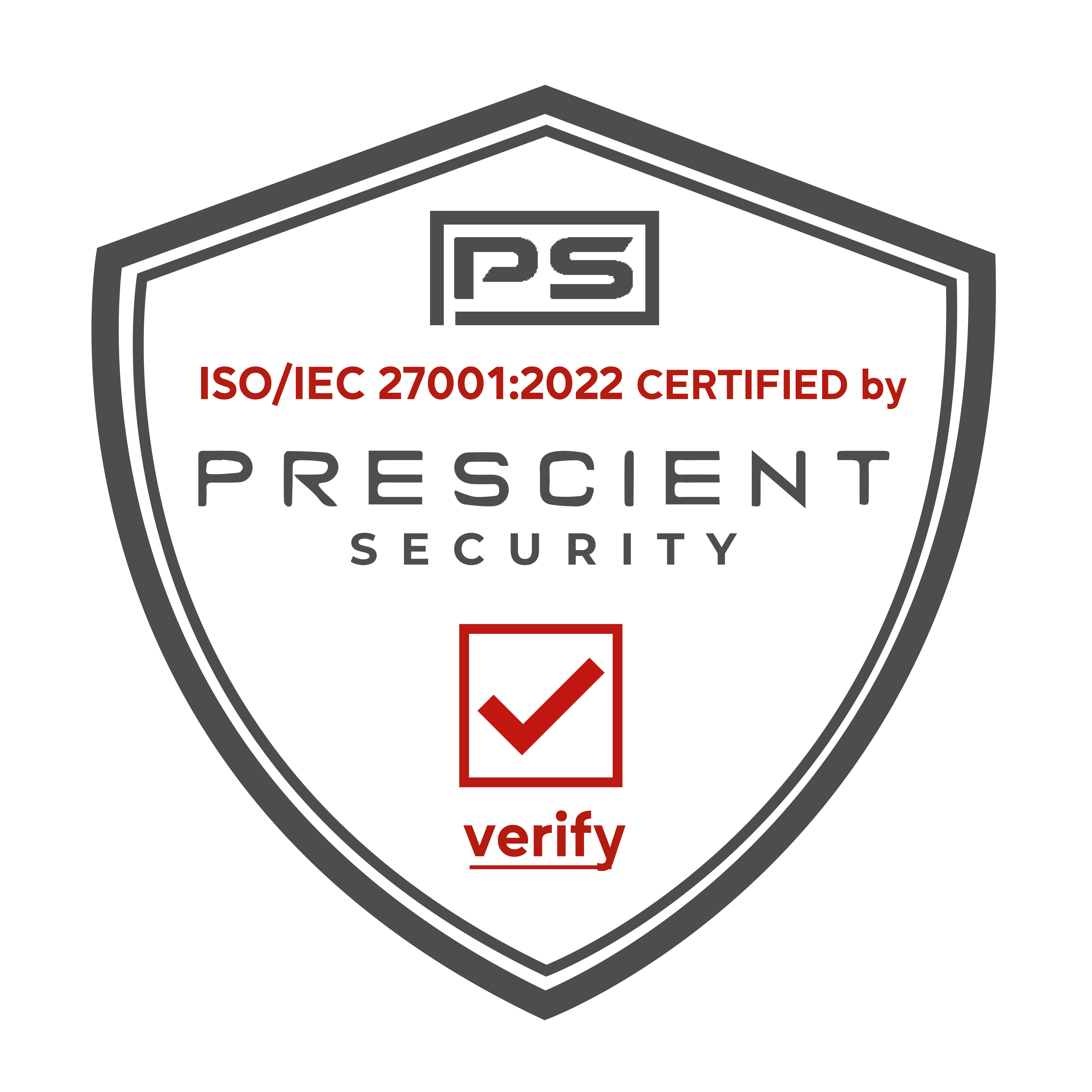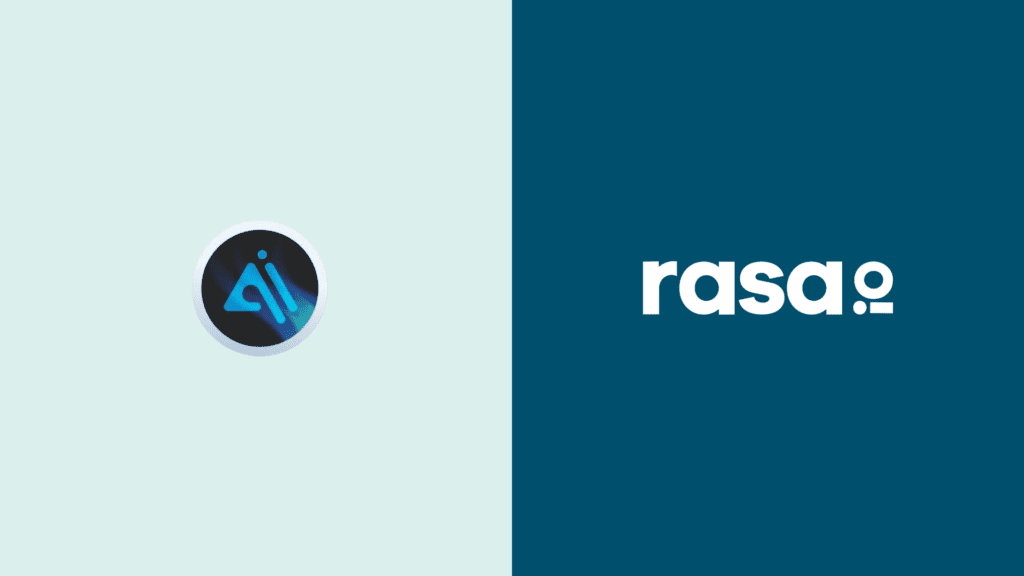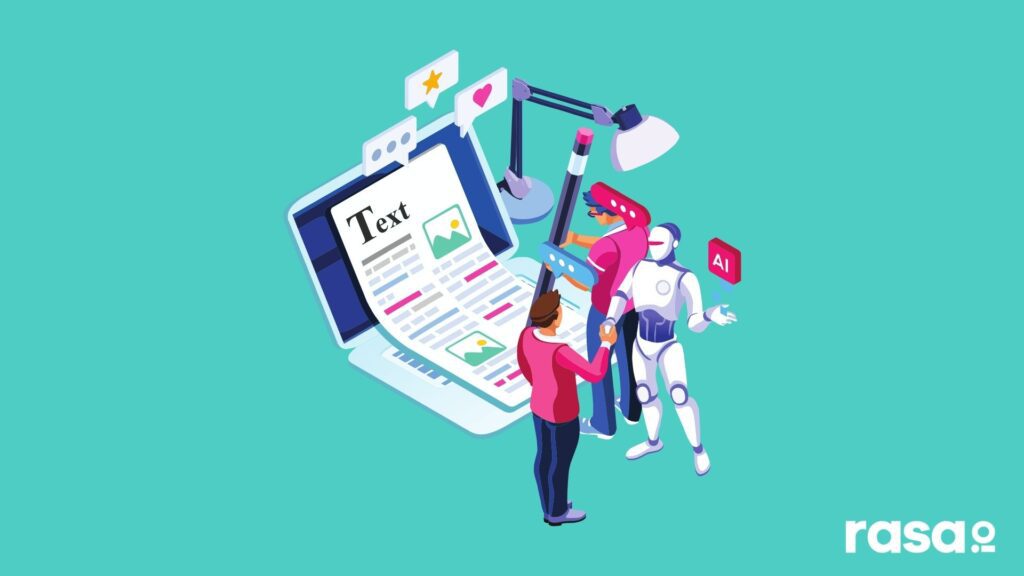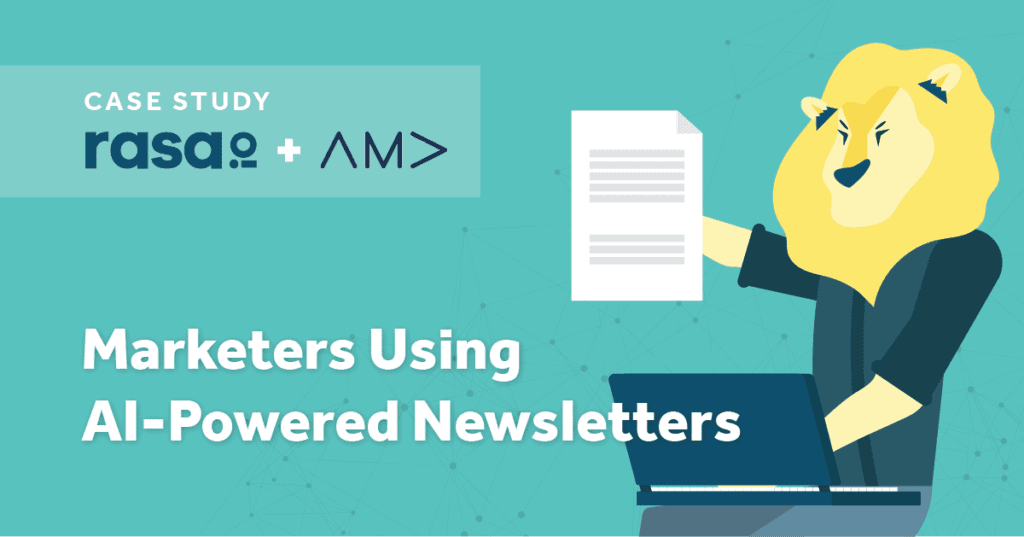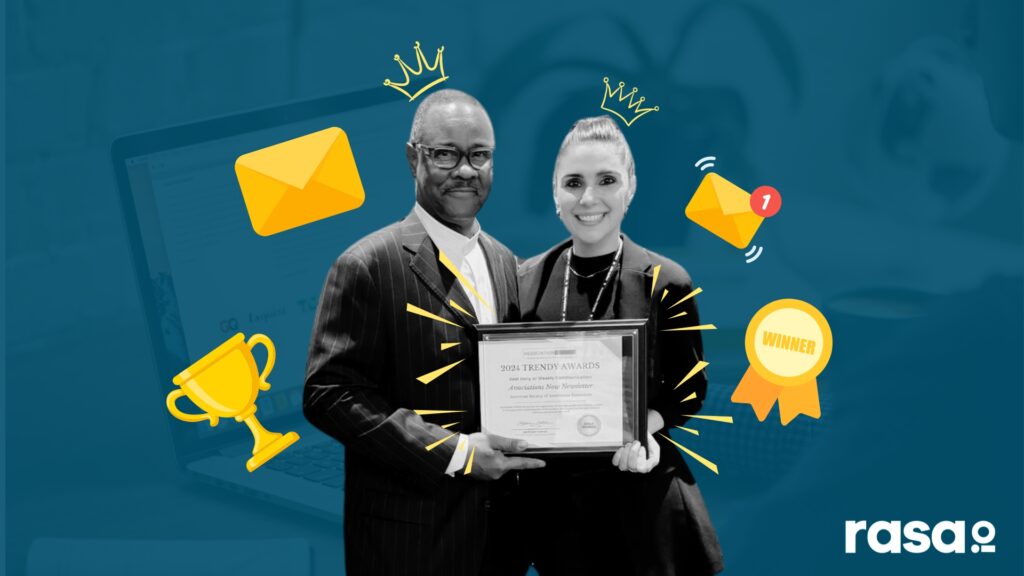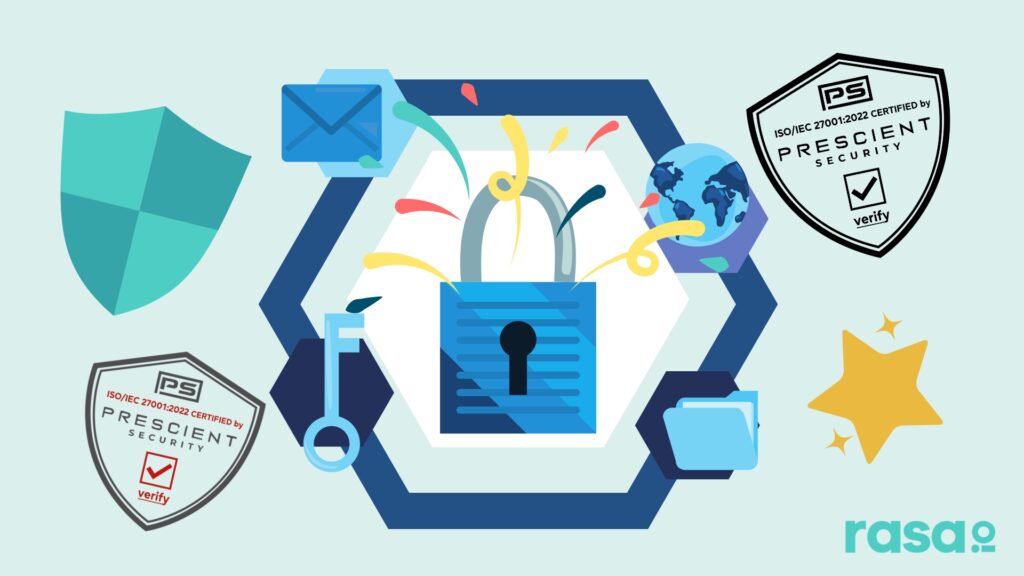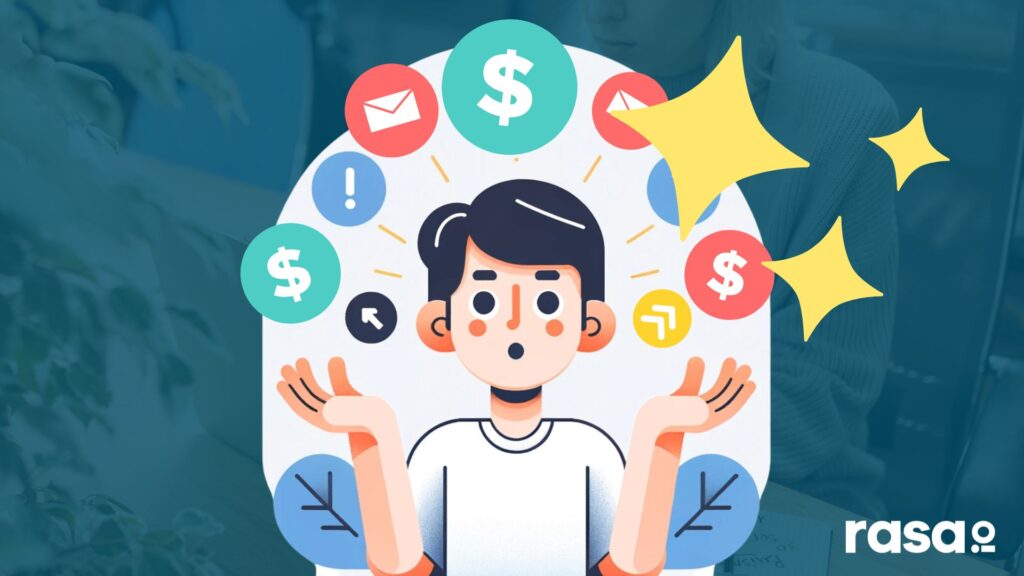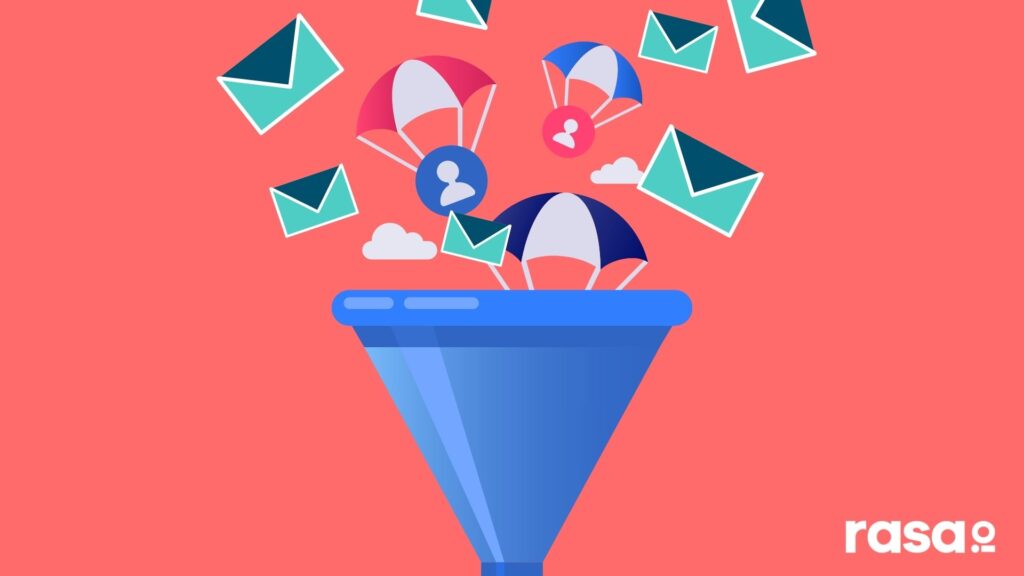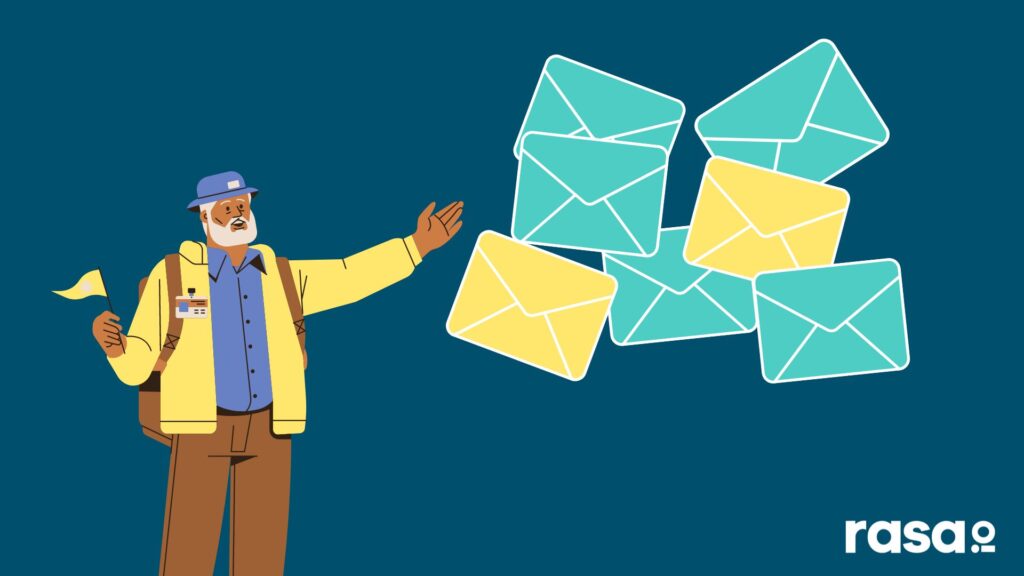John Meese
How a serial entrepreneur, new author and the recent dean of PlatformUniversity.com got started with and uses email. This is John Meese’s story about Pushing Send.
John Meese is a traditionally trained economist turned serial entrepreneur. He is also a successful author, creator of Notable Themes and was recently the dean of Platform University where he taught professionals how to build a brand online.
Key Points From This Episode:
- John discusses how social platforms have not been around as long as email and they don’t see the kind of consistent results that email has.
- Remembering that there is a human on the other side that receives an email allowed John to develop a natural connection that led to his initial success.
- John admits that when he went from running two anonymous blogs to one under his name, there was a lot of fear that came with that. He pushed through that fear because he knew he genuinely wanted to help people.
- When writing emails, he tries to write them as if he is having a natural professional conversation with a colleague.
- John shares what he’s learned along the way about both small email lists and large email lists. He believes that email is at the center of every business strategy.
- Teach It Forward, is an example of an automated newsletter sequence that John created as part of Platform University is some of the best content he believes he’s ever written.
Tweetables:
“Each person, each email subscriber, each email address on my list was a real person on the other side. And that really helped, I think create just a natural connection that allowed me to get some initial success. Even when I had a really small audience.”
“There was an element of when I started creating content online of building an email, that’s actually seeing subscribers. There was an element of fear that came with that. I’m like, Oh my gosh, what if I misstep?”
“As I stayed focused on the fact that I was talking to real people, as if I was having a conversation with them, then it took a lot of the fear out of it made it more personal. “
“A business at its core is really a collection of products and services that act as real solutions to real problems for real people.”
“You’ve got to stay connected to the real people on the inside of that email list. And I’ve seen a lot of people who manage big email lists really forget that.”
Links Mentioned in Today’s Episode:
- John Meese: Website, LinkedIn
- Bryan Kelly: LinkedIn
- rasa.io
- Platform University
- Survive and Thrive
- Teach It Forward Newsletter
- Jeff Walker
- WordPress
- Michael Hyatt
- Platform
- Bryan Harris
Episode Transcript
John Meese:
So I’m going to criticize automated newsletters, but I don’t mean like the version of like what you create with rasa.io, but at the time there was just every blog had an email. So you can subscribe to that just whenever they publish a new blog post, it would automatically deliver the blog post to you if you get rss feed in your inbox. But it was just basically like you were literally reading someone’s blog posts in your email inbox. It wasn’t like an email that you would get from a friend or it wasn’t personalized. And that was the norm. So it was really unusual for me to write these more personal emails, but it was for my benefit at first, but then it became, you know, I developed a following and that became really helpful. I mean, that became a business ultimately, but that wasn’t clear at the beginning that’s what I was going to do.
Bryan Kelly:
From rasa.io, the tool for sending smarter and better email newsletters. This is Pushing Send, a show featuring people who sent emails, their subscribers actually want to read I’m Bryan Kelly, and on today’s show how a serial entrepreneur, new author and the current dean of PlatformUniversity.com got started with and uses email. Here’s John Meese. So I know you’ve been involved with a wide range of projects over the years, but what impact has email had on every single one of them?
John Meese:
Yeah. Well, it’s funny we were talking about email. I mean, this has been kind of like a recurring theme in my, I guess my public career over the last 5-10 years, really mostly the last five years, but there’s kind of like, I guess this is very consistent with the rest of my life. It’s kind of like being the nerd at the cool party. And you’re like, and everyone’s talking about like Instagram stories and Tik Tok and you’re like, yeah, but email and that’s kind of been a common theme that I’ve guess I’ve just gotten really comfortable. It’s probably my years in the homeschool chess club that really made me comfortable with being just a very public nerd when it comes to email marketing. I mean, I think that’s, that’s true. I mean, you look at like legends in the online marketing space, like Jeff Walker who have been making a full-time living off of email specifically for more than 20 years. In fact, I believe off the top of my head. I believe Jeff Wal ker started his first paid newsletter in the mid nineties, which could mean that we’re talking like 25 years. I’m sure there are other cases, but he’s one of the early ones I know of like a paid newsletter over email. And you think, man, Facebook, Twitter, Tik ToK, none of these things have been around even near that long. And they don’t see the same kind of consistent results. I forget who pointed out to me, it says differently. I heard this from somebody else, but it’s sort of like, you know, you could talk all day long about how social media is the coolest thing on the internet, but what’s the first thing that Facebook asks when you go to create a new account, they ask what’s your email address? Like you literally it’s the prerequisite to stepping in the door. Yeah. So, I mean, we can talk about this a couple different ways, but I, I that’s really, how I got started online was I started learning about email marketing and building a small email list. And I, at the time was learning from Platform University before I ended up taking it over, which is kind of a funny story of how that came about. But when I was just as a student, I just began even since the beginning, even when I was building a really small email list, I kept remembering each person, each email subscriber, each email address on my list was a real person on the other side. And that really helped, I think create just a natural connection that allowed me to get some initial success. Even when I had a really small audience.
Bryan Kelly:
Where did this all start for you?
John Meese:
So my very first blog was called The Open-Minded Economist, which was a really grave statement to make online was my thinking because I really wanted people to challenge me and be like, no, you’re not open-minded as an economist and me to be like, aha. But yes, I will logically a free of emotion explain to you and I will first listen to you and then I’ll explain to you all the reasons why you’re wrong. So as it turns out, no one really cared that I was the economist, no one ever challenged me on that. It was very silly in hindsight. And so then I went into an even more controversial stance and I started a second blog that was called Orthodoxy and Liberty. And I said, ah, now I will marry theology and economic theory and then we’ll see, we’ll start to turn some heads. And I really just was looking for, I don’t think I was looking for a fight. I was definite looking for like engagement and debate. And I was, I was in that phase of life where I really enjoyed debating people I disagreed with. I’m not in that phase anymore. Yeah. So that was my second blog. And then that one was on WordPress. And that was when I was starting to learn about building an email list. And then I read Michael Hyatt’s book Platform Get Noticed in a Noisy World on a single plane ride to Alaska, actually from Nashville, Tennessee. So it was a long plane ride. That’s the only reason I mentioned that. So I read the whole book cover to cover on the plane ride. And when I landed, I was like, this is it. I get it now. And I understand why I’ve been doing everything wrong. And then I switched and I launched a blog underneath my name because before that my blogs didn’t have my name on them. There were just some anonymous guy on line that nobody really cared about. But then I announced that I am John Meese surprise reveal.
Bryan Kelly:
Well, what did it feel like going from being under the radar to having more visibility on the work you were publishing online?
John Meese:
Yeah, I think first is important to mention that even when, back when I had those anonymous blogs with a very specific topic that, yeah, I mean, I had a very small audience, a very small following almost non-existent, but that was actually kind of comforting. I don’t think I would have admitted at the time that I really enjoyed the fact that I was anonymous and nobody knew who I was and I could just write things without consequence, but that’s kinda what it was, is like a little bit of like publishing content on hat website. And there’s a little bit of, it’s crazy to think about this now based on how much content I published online, there’s a little bit of a thrill there. Just like my thing I wrote exists on the internet, the world wide web, anyone can read it any one in the world, and there was a little bit of a, kind of a thrill and a risk in it with that. But also the fact that I didn’t have my name attached to it kind of made it comforting that there wasn’t really much risk. Like if somebody did dramatically disagree with something I said online, well, there really wouldn’t be much consequence. So it was a little frightening to actually start writing underneath my name. Not that I was saying anything really controversial, just that there was a fear and a trepidation that came with that of like, if nobody likes the Open-Minded Economist, that’s fine. But if nobody likes John Meese, well, that’s personal. I don’t think at the time I could have articulated all this, but all of this in hindsight, it was like, there was an element of when I started creating content online of building an email, that’s actually seeing subscribers. There was an element of fear that came with that. I’m like, Oh my gosh, what if I misstep? And so I think really the only way that I overcame that was thinking through the fact that I genuinely wanted to help people. So it turns out I’m kind of an average nice guy. I genuinely wanted to help people and share whatever I could that would, might be helpful. And as it turns out, each of these email subscribers was a real person. And so as long as I stayed focused on the fact that I was talking to real people, as if I was having a conversation with them, then it took a lot of the fear out of it made it more personal. And honestly, I don’t know what the point was, where I realized that this could be my full-time living. I kind of doubted it for, I mean, why I just didn’t take it seriously. At first, I was still kind of figuring out what I was going to do with my life, but I felt like writing was a good way for me to process what I was learning and share that with people and that it was after that first product launch where I made $10,000 in about 10 days that I realized, Oh, wait a second. I’m onto something here.
Bryan Kelly:
Hmm. Can you share how you approach keeping that personal touch in your email messages?
John Meese:
I mean, I’ve always tried to write, not always, but I will say generally with email marketing, I’ve tried to write emails that I would want to receive from like a friend, like a colleague. I don’t know about you. I don’t really email, like my really close friends. I don’t really email them like we text or we send each other images or whatever, but like professional colleagues that I only see maybe like it’s like conference friend that you always see back when we used to go to conferences, the friend that you see at the conference every year and you think, man, I want to send them an email to connect with them. Well, I always try to take that kind of approach to writing emails of saying like, Hey Bryan, how are you doing? I just discovered this thing. I thought you might be interested here it is. What do you think? I mean, really just like a natural professional conversation with a friend, but like a professional colleague friend, like not your BFF, that’s kind of how I’ve approached writing emails and that’s tend to work really well. But in a bigger, I guess like a wider view, this is something I talk about in my new book, Survive and Thrive How to Build a Profitable Business in any Economy, including this one. In that book, I talk about the fact that in my experience, your success in business, depends on your ability to get clarity on who are the real people that you create real solutions for. In other words, like a business at its core is really a collection of products and services that act as real solutions to real problems for real people. I got a copy of my book on my desk right now. There’s actually a quote from Michael Hyatt on the front cover of the book, just cause we mentioned him. And it says, if you can focus on creating real solutions to real problems for real people, you will have a clear advantage in the marketplace, Survive and Thrive can show you how so. It’s interesting to see how like we’ve come full circle now to Michael endorsing my book. But email marketing is just one way that plays out everywhere in business businesses go astray. When you forget they’re real people on the other side of things and you create a product that doesn’t really solve a problem, anybody actually has, or you just forget that they’re real people on the other end and you’re just creating products and kind of like pushing them out there and hoping somebody buys it. I mean, that’s where business goes awry.
Bryan Kelly:
When we come back, John shares the similarities and differences between managing a small email list compared to the large list he’s been responsible for at Platform University. I’m Bryan Kelly, and you’ve been listening to Pushing,Send from rasa.io.
rasa.io:
Creating email newsletters takes a lot of time. You might curate articles, write content, tweak your template, and look up metrics and not to mention you’re probably doing all of this once a week. well at rasa.io. we said enough and built a free tool to simplify the process, which saves you time. It also uses AI to personalize emails for each subscriber based on their interests. That means they get stuff they like to read. Want to see how it works? Visit www.rasa.io and click how it works.
Bryan Kelly:
Welcome back to Pushing Send. I’m Bryan Kelly. John Meese has a wide range of experience with email and he’s learned some interesting things along the way, including a few tricks that might help you with your email content. Here’s John telling me about what he’s learned. You first saw success using email to generate $10,000 in 10 days with a small audience. Then you went on to work with Michael Hyatt as the dean of Platform University with a very large email list. So what was it like going from one to the other?
John Meese:
Well, I think that there’s kind of like two mistakes that I’ve seen a lot at the small email list size and the big email size. And now the small email list size. I’ve seen the mistake where someone will launch a product and they won’t really launch it because there’s like this voice in the back of their head. That’s like, well, I’ve got a really small audience. I mean, maybe you’ve only got a hundred email subscribers or 200 email subscribers or 50. And so you go to do a product launch and you just send an email and it’s kind of it you’re like, ah, I have this thing by the way, you can buy it if you want. And I’ve talked to people who are in this position and we’re like, well, yeah, but like, you know, I don’t really have a big enough audience for like a full on launch. And I think that’s a mistake. And I could say that from personal experience, because I basically, when I launched my first online course, I had built, it was super targeted, but I built an email list of 147 email subscribers. So small email lists and I basically copied email for email Bryan Harris’s launch campaign for his Get 10,000 subscribers launch. I mean, he basically, he had this new course called get ten thousand subscribers or 10K subs at the time was brand new and he had just done this launch and he had done, I dunno, something stupid, like $200,000-300,000 on this course launch. But he also had, I don’t know exactly how many email subscribers at the time, but he had more than 10,000 and I had 147. So I was DM-ing Bryan Harris back and forth in Twitter with some ideas about like launches. And he basically like sent me this overview of the launches, the emails that he sent. And I basically sent the entire same launch email sequence to my 147 email subscribers. I didn’t make $300,000 for that launch, but I made $10,000 from that launch selling an online course to an email list of 147 email subscribers. And I think that’s where a lot of people go wrong is they don’t take the launch campaigns that quote the big guys use and they don’t apply that to small email lists. But on the flip side of things, what I saw when I came into the world where all of a sudden I was managing an email list of more than a hundred thousand email subscribers on a daily basis, all of a sudden, as I started looking at what my peers were doing, I realized that there’s kind of like the reverse mistake of that is I think for everyone is like a different number. That’s like a stupid number that you get there. And all of a sudden, you don’t see these as people on the other side of your email list. Like when it’s five and more subscribers, it’s like your mom, your brother, and your best friend, and then you and your other email address, it’s easy to know exactly who’s on your email list. And then it gets to a hundred and you still feel like, like, man, this is like, these are like cool people that are following me and I love this, but you supposed to do it with people, but it seems like there’s a point. And I really do think it’s different for every person where like, maybe it’s a thousand email subscribers, maybe it’s 10,000, maybe it’s 20,000. Maybe it’s a hundred thousand where you cross this point. And all of a sudden that’s not a hundred thousand unique people with individual hopes and dreams. That is your email list. And people will refer to it as your email list and they’ll start changing how they talk. I mean, essentially like they’ll send emails that are, they’re not personal. They don’t feel like they’re written to a person they’ll, they’ll send emails that are either written in third person or just kind of feel kind of like corporate or bland. I mean, and it’s just kind of like generic. It’s definitely like, you can feel it in the email if you’re following someone and they crossed that point, you can feel it all of a sudden you go, I’m not even sure they wrote this email. I think somebody else wrote it and put their name on it. Not to say that you can’t ever use copywriters, but you’ve got to stay connected to the real people on the inside of that email list. And I’ve seen a lot of people who manage big email lists really forget that. So with Platform University, we did ultimately launch like a newsletter. I mean, so not just like I’m writing you an email, but like a weekly newsletter called Teach it Forward, we add original content every week, We hired an illustrator who illustrated the custom illustration for each issue of the newsletter. That was the newsletter type content in the sense that it’s not pretending to be like an email to a personal or professional friend, but it was written to be read by one person. You may be emailing a hundred thousand people or a thousand people, but there aren’t a thousand people sitting in a room with your email up on a projector, reading it together. Everybody reads their email alone on your phone, on your computer, even with the newsletter, knowing that it was going over a hundred thousand subscribers, I would still write it to be read by one person alone because that’s how email is consumed. So in that worked really well. I mean, we had, we saw phenomenal open rates, engagement rates with that, that turned into of course revenue growth and ultimately selling that business. So that’s a whole other subject. Yeah. I mean, I’ve just seen emails at the center now of every business strategy for me. I mean, literally like I have a dashboard and notion that has like my current goals and what I’m up to calendar. And then it also has a live feed of current subscriber counts for each of my businesses. I want that to be the primary KPI that I’m looking at and paying attention to record basis. That doesn’t mean that every business needs to make that like their number one only KPI where I’m at, I’m trying to remind myself how important that is because it’s easy to get distracted and all the other projects and things. And so that’s part of why I have it there. It’s just to have that repeated reminder,
Bryan Kelly:
Where did you come up with the idea for the evergreen newsletter approach that you do apply from the university with? I think it’s called Teach it Forward?
John Meese:
On my own blog. Before I ever took over Platform University, I had like a email sequence. It was just like a 30 day challenge kind of thing you could send out for. You got an email every day for 30 days with a different exercise or challenge. And what struck me about that was how like it lived on like literally I created this probably five years ago and I sent it at the time to my probably 1500 email subscribers. Some of them went through it, then some people went through it later. I forgot about this email sequence until recently it still must be linked to somewhere on my blog because last week I got a reply to one of the emails in that sequence that said I’m in, because I was like, one of the challenges was like reply to this email and say I’m in. And it kind of threw me off. Like my assistant was like, it looks like he’s replying to an email you sent, she did recognize it, but that’s because it was from this email automated email sequence from like five years ago. So I’ve always been fascinated with systems and I’ve been fascinated with email for a long time. And so the idea that you could create an automated system based on email, they could drive results over time. That’s pretty cool. And so that Teach It Forward newsletter from Platform University. We actually set that up from day one with the goal of it being essentially an automated sequence. Yes, there’s a new issue of teacher forward every week that arrives in that newsletter, but I would write them in bulk and we would add them to the automation over time. And so I think we got up to the point where we had like 75 or 80 issues of Teachi It Forward where essentially like if you subscribed today and you could still go to Platform University.com and subscribe to the newsletter, we’re actually not producing new content for that since the recent acquisition of platform you’ve received new owner.
John Meese:
But if you do subscribe to that newsletter, you’ll get an issue of Teach It Forward each week for about a year and a half before you reached the end of that sequence. So that’s pretty cool. So each issue of that newsletter is a standalone content designed to give you value in your inbox without forcing you to go anywhere else. But it also in that same vein does have a dynamic call to action based on kind of where you’re at in the sales funnel and what you purchased to ask you and invite you to take a free trial of Platform University, or to learn more or just to engage in the community. If you’re already a member, then all that’s built into that. I should say, as an aside, that became such a popular newsletter and so fun to create that I think that’s genuinely some of my best content that I’ve ever written. And we had an illustrator for literally every issue, critic, custom illustration. And that’s just another way of saying like, man, all this has started as an email and you could bring so much more life into that. So many times people just draft an email, so that opposite broadcast, and then it just kind of disappears. And that work was a one-time thing. And I prefer to do things that have a long tail that have a long-term impact. And that’s one way we did that with the newsletter.
Bryan Kelly:
Yeah. I appreciate how you consider and think through how and where subscribers will be consuming this email content.
John Meese:
I mean, again, it’s like you got to think through what are you competing with for people’s attention and how are they consuming content? Why don’t you publish a blog post? I might agonize a little bit more about how you phrase the title of the blog post to really optimize it for search results. But most people aren’t searching through their inbox. They’re not searching the same way that you would Google. Like you’re searching through your inbox often for things, but you’re not searching. How do I double my email list? How do I you’re searching instead of, for like, maybe you remember like, Oh yeah, I think that John Meese guy, man, our Platform University he sent me something about this podcasting and see search platform podcast or something like that in your inbox. But because of that, the subject lines of Teaching It Forward of that newsletter, each issue of it was the same formula. It was an emoji followed by three to five words. So super short, and it was just meant to get intrigue in the topic because the only goal of the headline there is to get you to open it. The actual content of course, would be much more step-by-step and direct and specific in the actual email. But the subject lines were not the kind of subject lines that you would publish on a blog because it’s a different medium when you’re scrolling through your inbox and you’ve got a hundred unread emails. And one of those, all of a sudden has it says, it’s from Platform University and you see the emoji of a purple demon. And then it says is marketing evil? That’s not clickbait. That’s The purpose of the Teach It Forward issue, but it makes you go like, okay, I gotta read this. I don’t really know. Even if it’s right next to a request from Bryan to schedule a podcast interview, you’re like, Oh, I’ll get back to that.
Bryan Kelly:
Coming up on our next episode, we’ll hear from Kim Jimenez, a digital marketing strategist and educator who works with online creators to build their businesses. Kim tells her story and describes how email has helped her grow a powerfully impactful business. You won’t want to miss what she shares on this episode. So if you’re listening to Pushing Send for the first time, be sure to subscribe at Apple podcasts or wherever you’re listening. So you don’t miss an episode. If you’ve enjoyed what you’ve heard, I’d encourage you to check out a few other episodes while you’re here and leaving a review will help us share these stories with others. Just like you. Thanks in advance for doing that. I’m Bryan Kelly, and you’ve been listening to Pushing Send from rasa.io.







